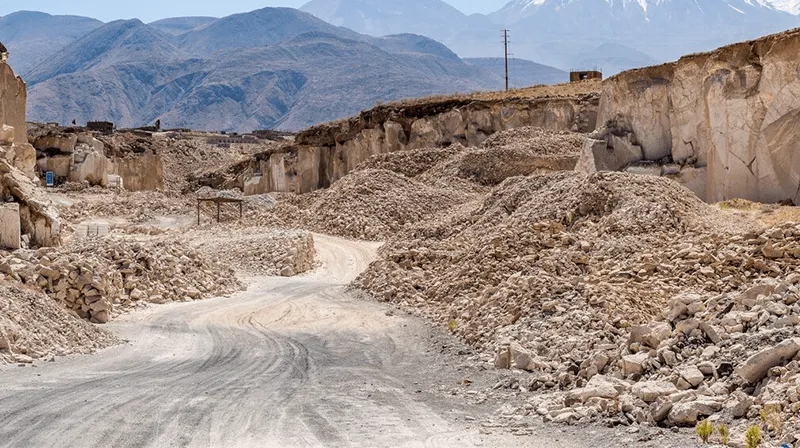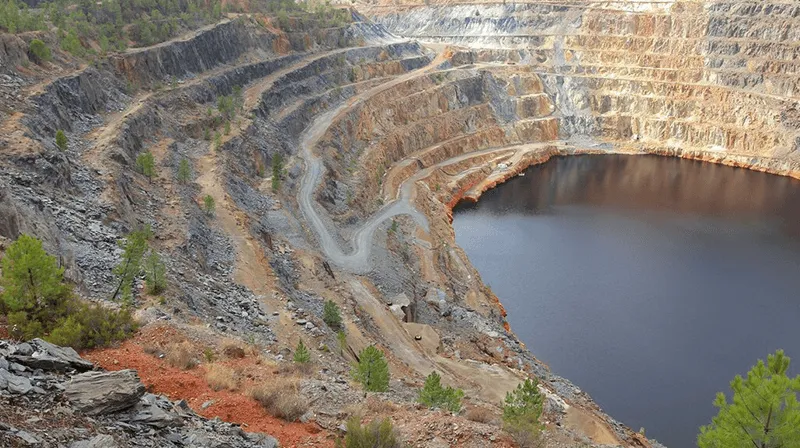The mining sector has long been a cornerstone of industrial development, providing essential materials for infrastructure, technology, and energy production. However, the industry has also faced significant scrutiny over its environmental and social impacts. As the global community increasingly prioritizes sustainability, mining companies must adapt to meet these new expectations. This shift is not just a moral imperative but a strategic necessity for long-term viability and success. In this blog post, we will explore the importance of sustainable solutions in the mining sector, highlighting how these approaches can enhance economic, social, and environmental performance.
Economic Benefits of Sustainable Mining
Sustainable mining solutions offer a variety of economic benefits that can significantly enhance the profitability and longevity of mining operations. By adopting sustainable practices, companies can improve their efficiency, reduce costs, and increase their competitiveness.
1. Cost Savings through Resource Efficiency:
One of the primary advantages of sustainable mining is the efficient use of resources. Innovative technologies and processes can reduce the consumption of energy and water, which are often major cost drivers in mining operations. For instance, implementing advanced water recycling systems can drastically cut down on water usage, reducing the operational costs associated with water procurement and treatment.
2. Enhanced Market Access:
Consumers and investors are becoming increasingly conscious of the environmental and social footprints of the products and companies they support. Mining companies that can demonstrate their commitment to sustainability are better positioned to attract investment and secure contracts with buyers who prioritize ethically sourced materials. This can open up new markets and opportunities for growth.
3. Long-Term Viability:
Sustainable practices ensure the long-term viability of mining operations. By managing resources responsibly and mitigating environmental impacts, companies can extend the lifespan of their mines and reduce the risks associated with regulatory changes and community opposition. This long-term perspective is crucial for maintaining a stable and profitable operation in a rapidly changing world.
Social Benefits of Sustainable Mining
The social dimensions of mining are equally critical. Sustainable mining practices can lead to improved relationships with local communities, better working conditions for employees, and positive contributions to social development.
1. Community Engagement and Development:
Mining companies often operate in remote and underdeveloped regions. Sustainable solutions can help transform these areas by investing in local infrastructure, education, and healthcare. By engaging with communities and addressing their needs, mining companies can build trust and secure social licenses to operate. This not only enhances the company’s reputation but also fosters a stable and supportive operating environment.
2. Improved Labor Practices:
Sustainable mining prioritizes the health and safety of workers. This includes implementing rigorous safety protocols, providing adequate training, and ensuring fair labor practices. By investing in their workforce, companies can improve productivity, reduce turnover, and attract skilled employees. A commitment to ethical labor practices also resonates with consumers and investors who are increasingly concerned about human rights and working conditions.
3. Reducing Social Conflicts:
Mining operations can sometimes lead to conflicts with local communities over land use, environmental degradation, and resource allocation. Sustainable mining practices aim to minimize these conflicts by ensuring that operations do not disproportionately harm local populations. This includes conducting thorough environmental and social impact assessments, seeking community consent, and implementing measures to mitigate negative impacts.
Environmental Benefits of Sustainable Mining
The environmental impacts of mining are among the most significant concerns associated with the industry. Sustainable mining solutions address these issues by reducing the ecological footprint of mining operations and promoting the responsible use of natural resources.
1. Minimizing Environmental Degradation:
Sustainable mining practices aim to minimize land disturbance, prevent habitat destruction, and reduce pollution. Techniques such as precision mining and reduced-impact logging can help achieve these goals. Additionally, the use of renewable energy sources and energy-efficient technologies can significantly cut greenhouse gas emissions, contributing to global efforts to combat climate change.
2. Responsible Waste Management:
Mining operations generate significant amounts of waste, including tailings, slag, and other by-products. Sustainable waste management practices, such as recycling and repurposing waste materials, can reduce the environmental impact of these by-products. Companies can also implement measures to ensure that hazardous materials are safely contained and do not contaminate soil and water sources.
3. Biodiversity Conservation:
Protecting biodiversity is a key component of sustainable mining. This involves implementing measures to preserve local ecosystems, protect endangered species, and restore habitats that have been disturbed by mining activities. By integrating biodiversity conservation into their operations, mining companies can contribute to the preservation of natural heritage and promote ecological balance.
The Role of Innovation in Sustainable Mining
Innovation plays a crucial role in driving sustainable solutions in the mining sector. Technological advancements and new methodologies can help companies achieve their sustainability goals more effectively and efficiently.
1. Automation and Digitalization:
The adoption of automation and digital technologies can greatly enhance the sustainability of mining operations. Automated machinery and processes can reduce energy consumption, minimize waste, and improve precision in resource extraction. Digital tools such as remote sensing, GIS mapping, and data analytics enable better monitoring and management of environmental impacts.
2. Renewable Energy Integration:
The integration of renewable energy sources, such as solar and wind power, into mining operations can significantly reduce the carbon footprint of the industry. Renewable energy not only provides a cleaner alternative to fossil fuels but also offers a reliable and cost-effective energy supply for remote mining sites.
3. Circular Economy Practices:
The circular economy model emphasizes the reuse, recycling, and repurposing of materials to create a closed-loop system. In the mining sector, this can involve the recovery of valuable metals from waste products, the use of recycled materials in equipment and infrastructure, and the development of sustainable product life cycles. By adopting circular economy practices, mining companies can reduce their dependence on virgin resources and minimize waste.
Conclusion
The importance of sustainable solutions in the mining sector cannot be overstated. As the world grapples with the challenges of climate change, resource depletion, and social inequality, the mining industry must evolve to meet these demands. Sustainable mining practices offer a pathway to achieving economic prosperity, social development, and environmental stewardship. By embracing innovation and prioritizing sustainability, mining companies can not only secure their future but also contribute positively to the global community.
IHTMOC Consulting is committed to providing sustainable and intelligent mining solutions that drive success and elevate the mining sector into a force for good. Our expertise in sourcing and supplying innovative products tailored for the mining industry ensures that our clients can achieve enhanced economic, social, and environmental performance. Together, we can build a more sustainable future for the mining sector and beyond.





